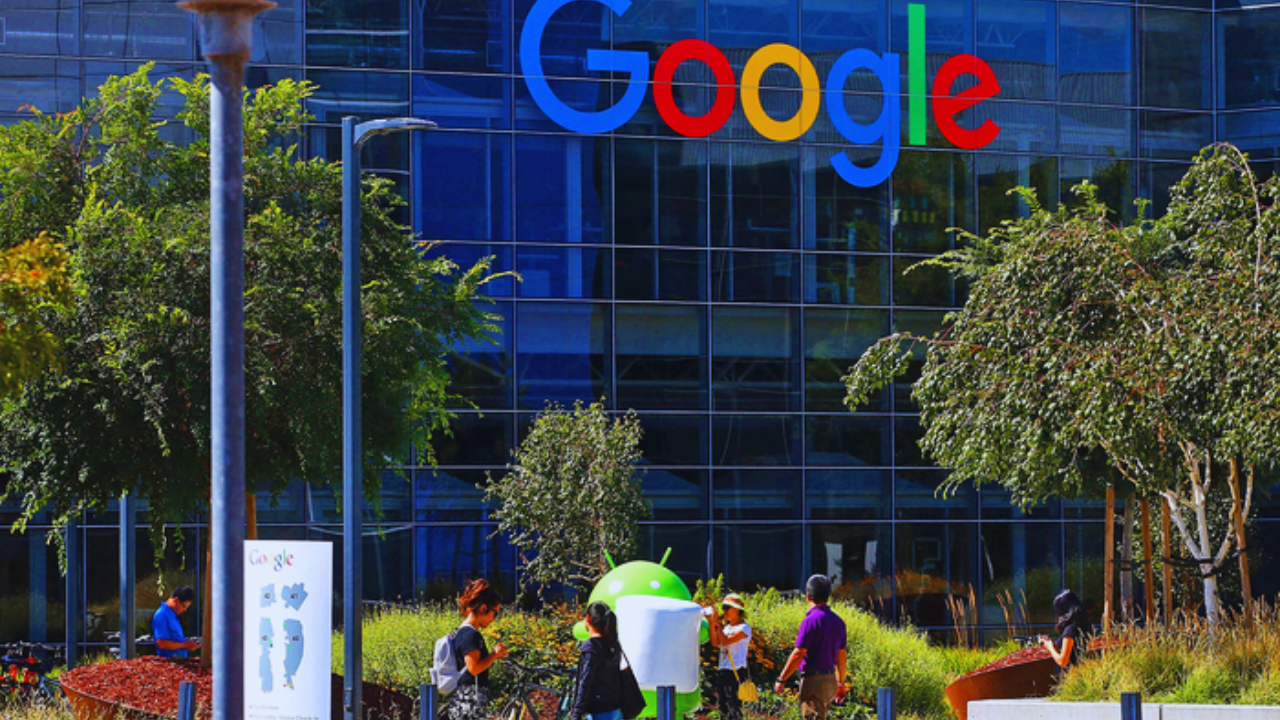How Samsung is Adopting Apple’s Playbook to Strengthen its Ecosystem and Retain Users

Despite Google’s intense efforts, Samsung remains the closest alternative to Android for iPhone users. The Korean manufacturer and Apple essentially split the premium market between them. So, it’s no surprise that Samsung adopts some of the smarter parts of Apple’s playbook to keep users from leaving its walled garden.
Apple’s strategy to prevent users from leaving has two aspects. The first is how sticky its apps and services are. Apple is the leader here, aggressively tying its service business to its products. Beyond iCloud, music, and games, this also includes iMessage, which is accused of stifling competition for this very reason. Samsung faces a harder challenge here, being heavily reliant on Google and Android—its recent switch to Google Messages tells that story clearly. Still, Samsung tries, as seen in its decision to require users to open a Samsung account to access its app store, where core apps and many others are found.
The second aspect of Apple’s playbook is security. Users have an intangible trust in the devices they use and the data they store. Apple has built an untouchable lead in this market from the start, reinforcing this core message year after year, as we see now with Chrome vs. Safari and on-device AI privacy.
Cue Samsung’s announcement about expanding its Knox offerings, focusing on strengthening Samsung’s ecosystem—Apple 101. “That’s why we built Knox Matrix,” they say, “our next security frontier and vision for the future. Knox Matrix acts as your personal blockchain, with connected devices ensuring security by monitoring multi-layered, intelligent threats across compatible devices for spam, viruses, and malware.”
The more Samsung products you own, the safer you are—just like Apple. There’s no better security on one device than getting a notification about a new login on a trusted device that’s already logged in. This raises the bar above any other form of multi-factor authentication (like a physical key).
For website logins and other services, “Credential Sync” secures your information when transferring data from device to device within a protected cloud network. It simplifies managing multiple logins while encrypting sensitive information. By sharing credentials across devices, Samsung aims to protect your entire ecosystem, so you never have to compromise on security for connectivity or convenience.
Samsung says it’s now going beyond just device security with its trust chain, where “connected devices monitor each other for security threats, issue alerts in case of attacks, and share actions taken to prevent them.” And while this operates within a shared system, it’s still very much Samsung: “You can enjoy strong security across the board with Knox Matrix, whether your Samsung devices run Android, Tizen, Windows, or other operating systems.”
None of these features are entirely new; they’ve been rolled out to some devices or previewed and announced before. The news is that Samsung is expanding Knox to more Galaxy devices across the S series, A series, and Tab S series running One UI 6. You can check if your Galaxy device is protected here. The update will bring new features like Passkeys and Knox Vault for sensitive data, all expanding the trusted ecosystem that further locks you into Samsung’s walled garden. It’s a smart move, beneficial for Samsung, but also for users.
Samsung isn’t wrong—security is a significant factor when switching phones. The deeper the security layer runs on the device and across devices, the more convenient and seamless it becomes for users and the harder it is to start fresh. Samsung is simply following what Apple has done so successfully for years. Google is doing some of the same, but is hindered by the fragmented Android ecosystem across OEMs, making it hard to fully focus on the Pixel.
Samsung “aims to help you navigate this ever more connected world with ease and confidence using Galaxy devices, both now and in the future.” These innovations are precisely what your phone should provide, so make sure your device is updated if it’s compatible. But at the end of the day, this will also become the reason why you stay loyal to Samsung and resist buying a new Pixel 9—or worse for them, an iPhone.



